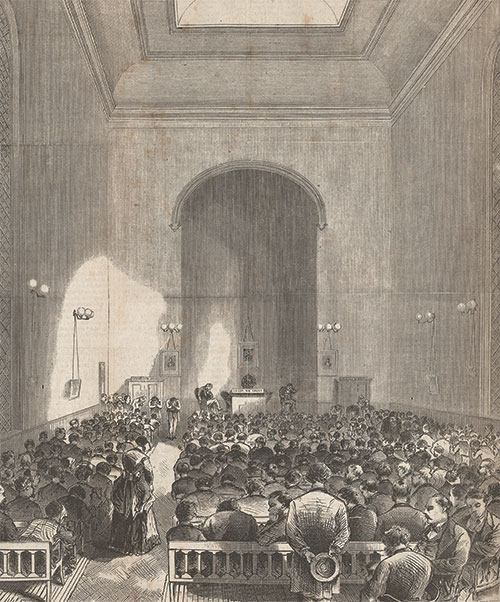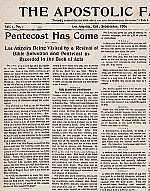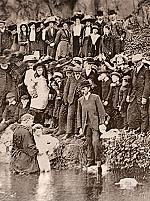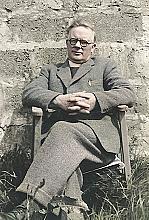A prayer meeting that went viral

[Above: Stanley Fox, The Fulton Street Prayer-Meeting, Harper’s Weekly, Supplement, September 30, 1871—University of Michigan / Hathitrust]
Six people showed up to that first noonday prayer meeting on Fulton Street in Lower Manhattan, and they were late. That was fine since the leader had invited people to stop by when they could for five or ten minutes as their schedule allowed. That leader, a former businessman named Jeremiah Lanphier (1809–1898), could not have guessed that the half-dozen praying on September 23, 1857, would be the start of a widespread revival.
Inviting community
The North Dutch Reformed Church faced a problem that had often plagued city churches: parishioners were moving away. The area was becoming an active business center, but most of the workers lived elsewhere. Immigrants moving into the neighborhood had no relationship with this church. Consequently attendance at Sunday services dwindled.
The church hired Lanphier to help. He was not an ordained minister, but he lived in the vicinity, had a business background, and was eager to be of service. A pleasant, energetic man, he visited the apartment buildings in the area, but had difficulty attracting immigrants to the church. Then he set his sights on the business crowd. Would they come to a simple prayer meeting held at noon on a weekday? He reserved a third-floor room at the church and printed handbills that welcomed those of all denominations. It would be just prayer and a few hymns—no preaching.
In the second week of Lanphier’s prayer meeting, 20 attended. The next week, more than 30. And then, in modern terms, it went viral.
Catalyzing crisis
On October 14, 1857, the United States faced its worst financial panic yet. Events in Europe touched off price fluctuations around the world, which hurt American farmers. Railroad business declined, causing losses for the many who had invested heavily in that sector. A major insurance company in New York went under, leading to other collapses. The boom of the 1850s rapidly went bust, and that drove many businesspeople in New York to prayer.
Suddenly 6, 20, or 30 coming to pray became hundreds. The Fulton Street Prayer Meetings adopted a daily schedule, using multiple rooms to accommodate the crowds. Soon other churches opened for similar daytime gatherings. By spring an estimated 10,000 people were assembling in at least 20 churches and YMCAs across New York, and the idea quickly spread through the United States and Canada.
At some point it became apparent that this was not just a church-growth tactic, but a spiritual movement—a full-blown revival. Church leaders in Philadelphia reported that more than 3,000 people were coming to their prayer times, and they were constructing a massive tent for them. A report from Hamilton, Ontario, indicated that more than 300 were converted in meetings there. When a theater in Chicago welcomed 2,000 for prayer, a local newspaper reported that the effects of this revival
are to be seen in every walk of life, to be felt in every phase of society. The merchant, the farmer, the mechanic . . . have been incited to better things; to a more orderly and honest way of life.
The excitement cooled with the start of the Civil War in 1861, which interrupted and often devastated life throughout the United States. Still the Businessmen’s Revival left a lasting mark, paving the way for future prayer-fueled movements.
By Randy Petersen
[Christian History originally published this article in Christian History Issue #153 in 2024]
Randy Petersen, author and CH guest managing editorNext articles
Azusa Street commentary and excerpts
The Azusa Street Revival won hearts amid criticism
Michael J. McClymond and othersSupport us
Christian History Institute (CHI) is a non-profit Pennsylvania corporation founded in 1982. Your donations support the continuation of this ministry
Donate







